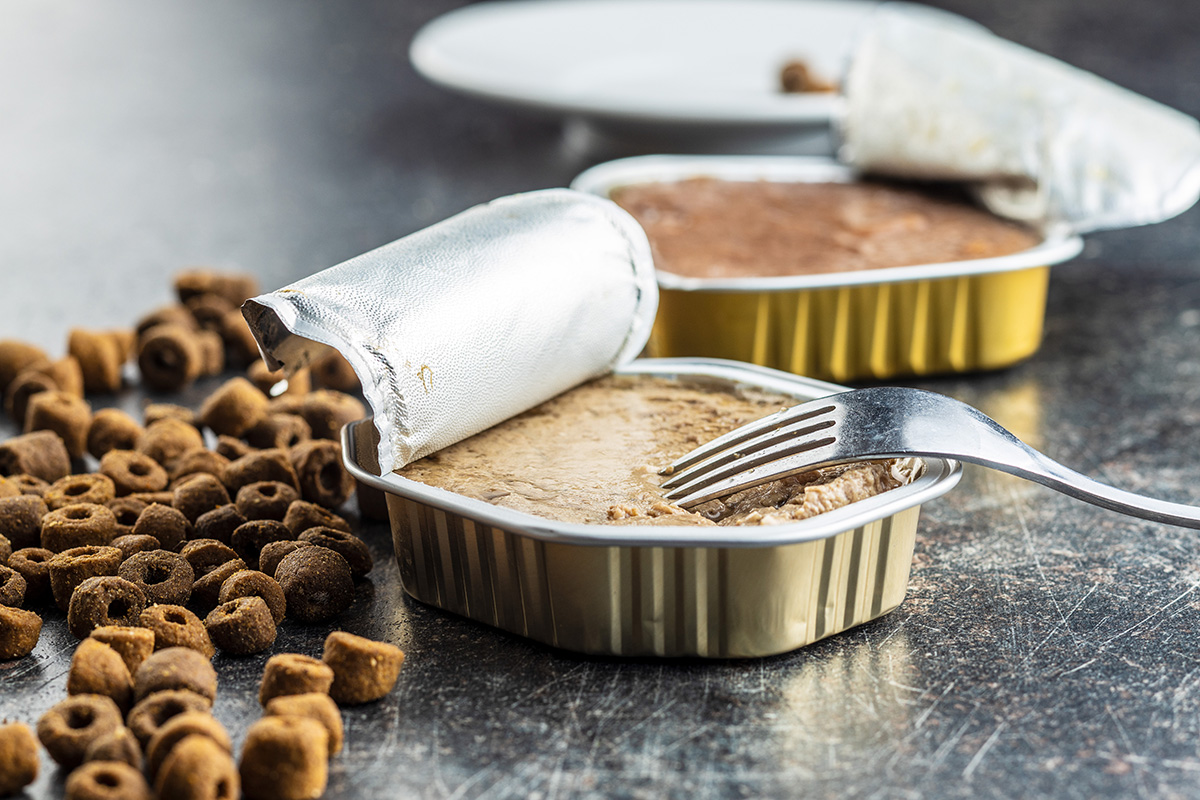
Selecting the right packaging material for your food product is a crucial first step in a successful food manufacturing business strategy. The choice of packaging material will influence various aspects of the business, including product safety, shelf-life duration, environmental impact, consumer perception and cost effectiveness.
Aluminum and plastic are among the most popular materials used in the food and beverage industries for their flexibility and light weight, making them easier to handle than glass or paper. However, aluminum offers several advantages over plastic when it comes to food packaging.
WNA CEO Julian Stauffer explains five key benefits of choosing aluminum over plastic for your food and beverage packaging:
1. Recyclability
As food and beverage manufacturers become more concerned about reducing their environmental impact, the type of material used in their packaging is key in accomplishing their sustainability goals. In this context, aluminum offers a great advantage over plastic: it is 100% recyclable without losing its properties. Its recycling process is simple and straightforward – in fact, producing recycled aluminum takes 95% less energy than making new material – which aligns with consumers’ demand for eco-friendly packaging. In contrast, most plastics are either not recyclable or lose their quality with each recycling cycle. As a result, plastic packages are major contributors to environmental pollution.
2. Enhanced barrier properties
Aluminum provides an excellent barrier against oxygen, light, moisture and microorganisms that could contaminate the food or beverage product. This property is crucial to preserve the aroma, flavor, safety, nutritional value and overall quality of the food product much more effectively than most plastic materials. It results in products with a longer shelf life than those packaged in plastic, especially for products that are more susceptible to spoiling.
3. Temperature resistance
Unlike most plastics, aluminum can withstand a wide range of temperatures without losing its properties or affecting the food contained, making it suitable for both high-heat and freezing processes. Many plastics will deform or degrade under extreme temperatures. That’s why, for example, most retort pouches in the market use a layer of aluminum in their composition.
4. Lightweight design
Aluminum packaging is typically lighter than most plastic packaging in the food industry. This is because manufacturers must use thicker plastic barriers to protect food and beverage products from contaminants, while thinner aluminum-width packaging can provide the same level of protection. As a result, aluminum packaging positively impacts manufacturers’ financial and sustainability goals – it requires less energy for transportation when compared to heavier plastic-packaged goods, reducing shipping and handling costs while dropping the carbon footprint associated with transportation.
5. Safety
Non-toxic aluminum is regarded as a healthier, safer option for food-contact containers versus plastic, as the latter can release harmful substances like phthalates and bisphenol A (BPA), especially when exposed to high temperatures.
As environmental concerns continue to grow, aluminum packaging provides a viable solution for food producers seeking to minimize their environmental footprint while ensuring the safety and quality of their products.
Find out more at wnapt.com.
For more information, please contact: